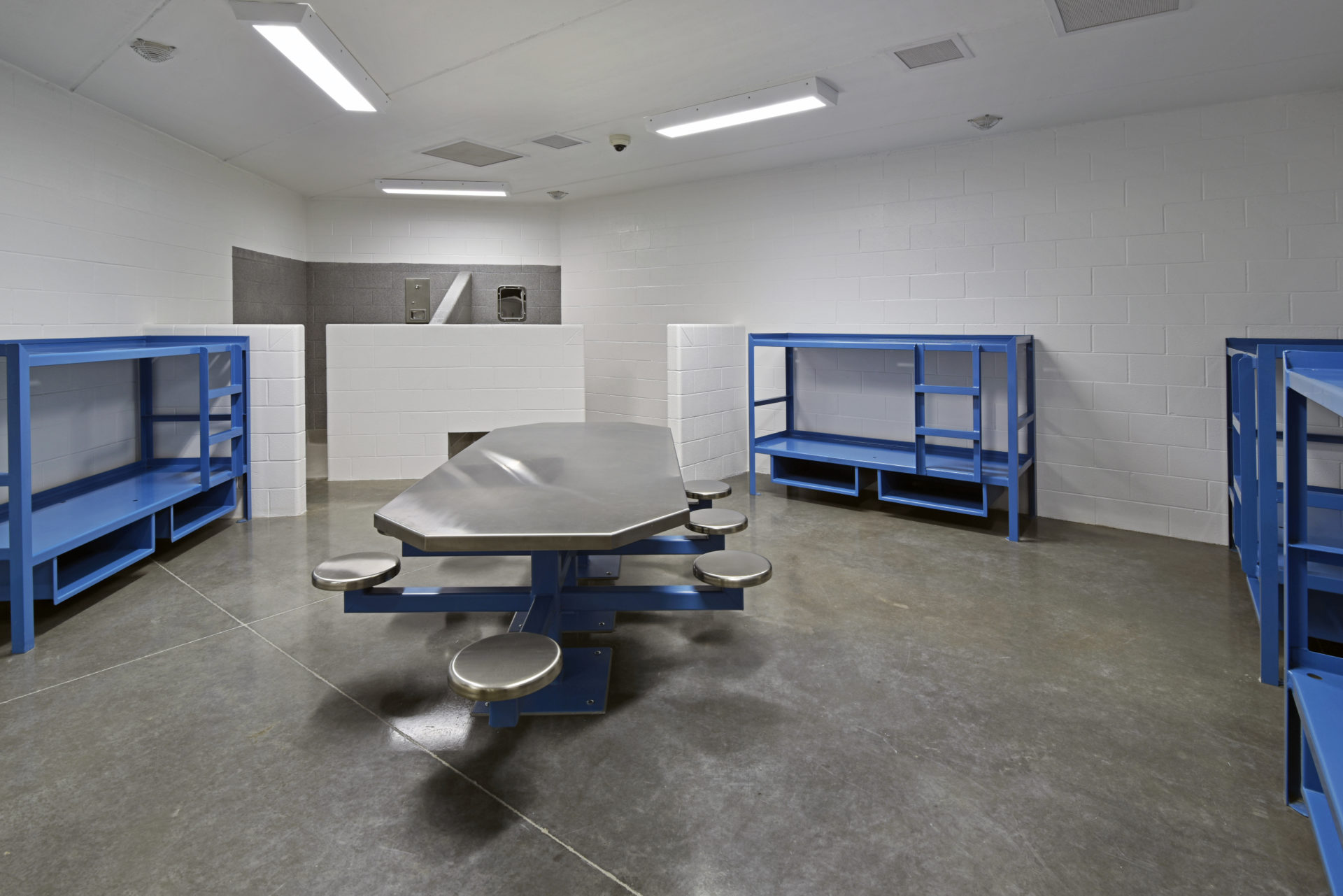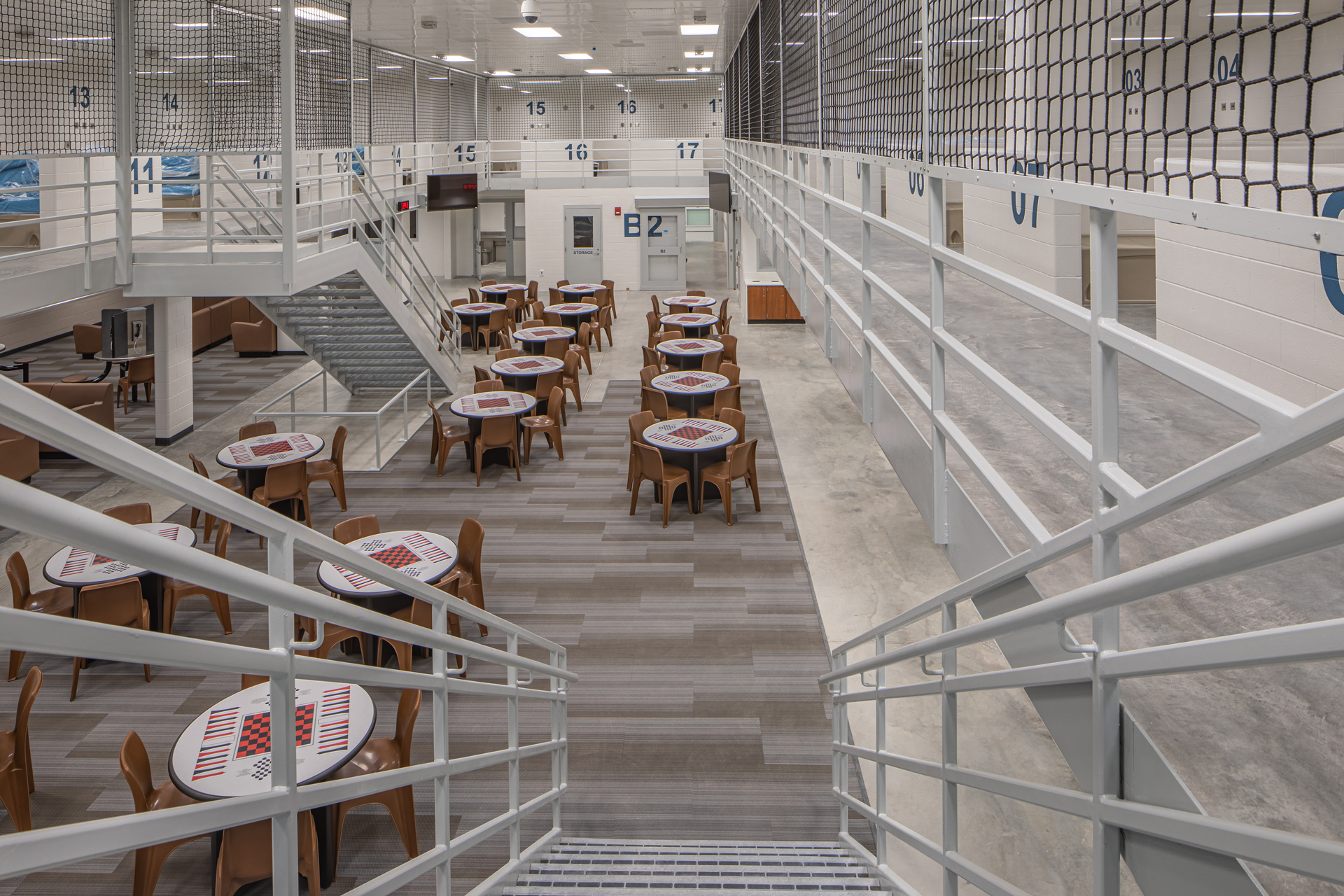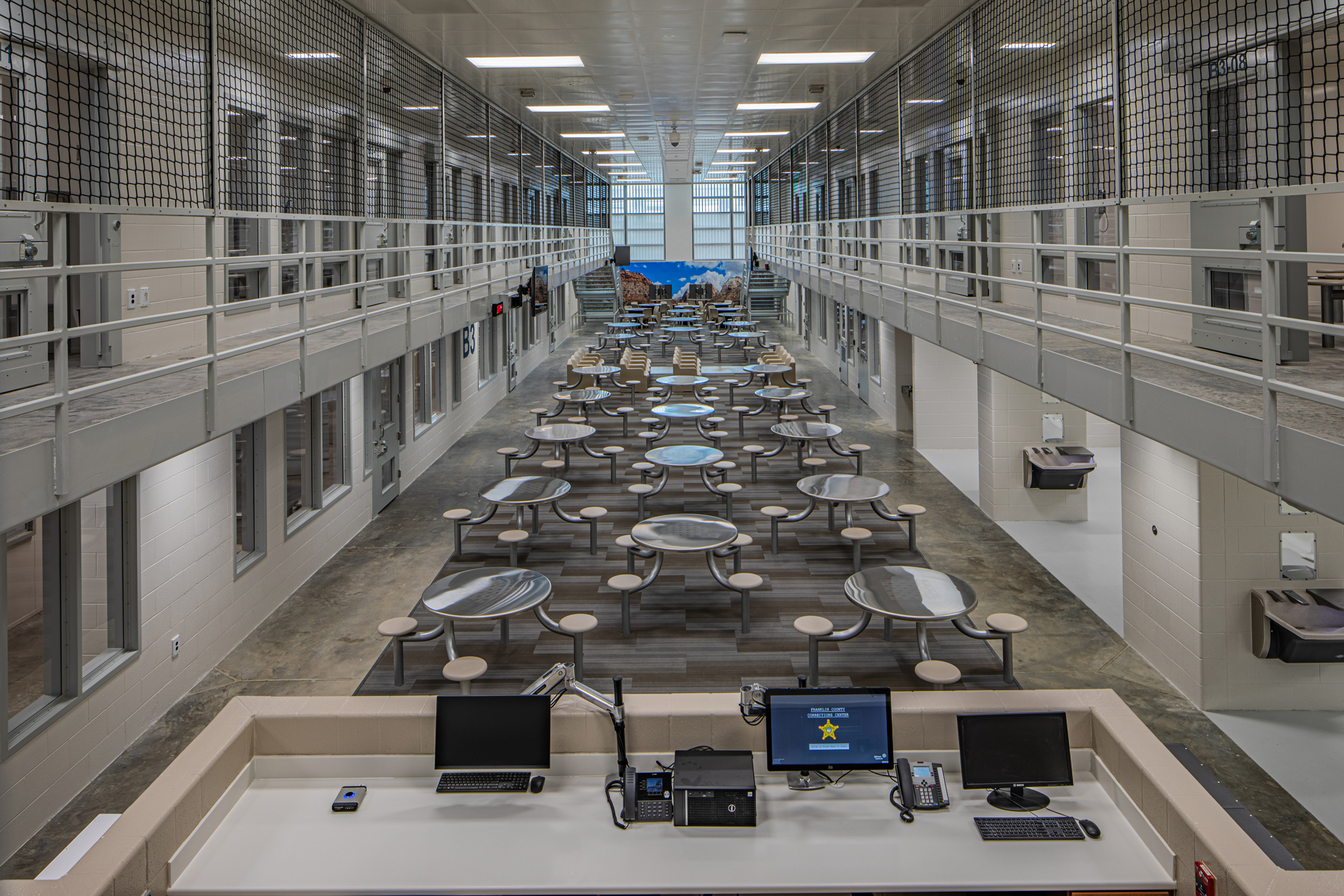Lucas County Corrections Center Photos: A Closer Look Inside
Hey there, folks! If you've stumbled upon this article, chances are you're curious about the Lucas County Corrections Center photos and what they reveal about life behind bars. Whether you're into criminal justice, fascinated by correctional facilities, or just plain curious, you've come to the right place. In this article, we'll dive deep into the world of corrections centers, focusing on Lucas County's facility, and explore the significance of these photos. So grab your favorite drink, sit back, and let's get started.
This isn't just another boring article about prisons; it's a journey into understanding how facilities like Lucas County Corrections Center operate and the stories captured in those photos. You might be wondering, "What's so special about these photos?" Well, buckle up because we're about to unravel the truth behind the walls of this infamous institution. Stick around, and we'll break it down step by step.
Before we dive headfirst into the nitty-gritty details, let's establish one thing: the Lucas County Corrections Center is more than just a building. It's a microcosm of society, where stories of crime, redemption, and rehabilitation unfold daily. The photos from this facility don't just show walls and bars—they tell stories of human lives. Now, let's peel back the layers and see what's really going on inside.
- El Pirata De Sinaloa The Untold Story Of Mexicos Most Infamous Outlaw
- Chuck Connors Height The Real Story Behind The Legendary Icon
What is the Lucas County Corrections Center?
Alright, let's start with the basics. The Lucas County Corrections Center is a facility located in Toledo, Ohio. It's not just any old building; it's a hub for housing individuals who have been accused or convicted of crimes. This place has been around for a while, and it plays a crucial role in the local justice system. But what makes it stand out? Well, for starters, it's one of the largest detention centers in the region, handling thousands of inmates annually.
Now, you might be thinking, "What's the deal with corrections centers?" Great question! These facilities are designed to serve two main purposes: punishment and rehabilitation. While some people focus on the punishment aspect, others argue that rehabilitation is just as important—if not more. The Lucas County Corrections Center aims to strike a balance between these two goals, but as we'll see later, it's not always easy.
Key Facts About Lucas County Corrections Center
Let's break down some key facts about the facility:
- Rolling Stones Vocalist The Voice Behind The Legends
- Unveiling The Enigma Of Trace Ayala A Deep Dive Into His Life Career And Legacy
- Capacity: The center can house around 1,000 inmates at a time.
- Location: Toledo, Ohio, in the heart of Lucas County.
- Staff: Hundreds of dedicated employees, including correctional officers, counselors, and administrative staff.
- Purpose: To provide secure detention while offering programs for rehabilitation.
These facts give you a glimpse into the scale and complexity of the Lucas County Corrections Center. But what about the photos? Let's move on to that next.
Why Are Lucas County Corrections Center Photos Important?
Photos from correctional facilities like Lucas County Corrections Center aren't just snapshots; they're windows into a world most people never see. These images capture the reality of life behind bars, from the daily routines of inmates to the architecture of the facility itself. They're also valuable tools for transparency, accountability, and public awareness.
For example, photos can reveal how inmates are treated, the conditions they live in, and the programs available to them. They can also highlight issues like overcrowding, inadequate healthcare, or lack of proper facilities. In short, these photos matter because they shed light on a part of society that often goes unnoticed.
Types of Photos You'll Find
When it comes to Lucas County Corrections Center photos, there are several types:
- Architectural shots: These show the layout and design of the facility.
- Inmate portraits: Personal photos of individuals serving time.
- Rehabilitation programs: Images of inmates participating in educational or vocational training.
- Staff interactions: Pictures of correctional officers and counselors working with inmates.
Each type of photo tells a different story, and together, they paint a comprehensive picture of life inside the facility.
Life Inside Lucas County Corrections Center
So, what's it really like inside the Lucas County Corrections Center? To answer that, we need to look at both the physical environment and the daily routines of inmates. The facility is divided into several units, each with its own purpose. Some units are for general population, while others are for high-security inmates or those in protective custody.
As for daily life, inmates typically follow a strict schedule. They wake up early, attend meals at designated times, and participate in various activities throughout the day. These activities can range from educational classes to physical exercise, depending on the programs available. Of course, not all days are the same, and some inmates may face challenges like disciplinary actions or limited access to resources.
Challenges Faced by Inmates
Living in a corrections center isn't easy. Inmates face numerous challenges, including:
- Limited freedom and personal space.
- Potential for violence or conflict with other inmates.
- Access to healthcare and mental health services.
- Rehabilitation opportunities and preparation for reintegration into society.
These challenges highlight the importance of programs and resources that support inmates during their time in the facility.
The Role of Photos in Corrections Centers
Photos play a crucial role in corrections centers like Lucas County. They serve as a form of documentation, providing evidence of conditions and practices within the facility. For example, photos can be used to:
- Demonstrate compliance with regulations and standards.
- Showcase rehabilitation programs and success stories.
- Address concerns about overcrowding or inadequate facilities.
By sharing these images, corrections centers can promote transparency and accountability. They can also engage the public in discussions about criminal justice reform and the role of rehabilitation in the system.
Controversies Surrounding Photos
Of course, not everyone agrees on the use of photos in corrections centers. Some argue that sharing images of inmates violates their privacy, while others believe it's necessary for transparency. The debate often centers around questions like:
- Should inmate photos be publicly accessible?
- How can facilities ensure ethical use of these images?
- What impact do photos have on public perception of corrections centers?
These are important questions that deserve careful consideration. As we move forward, it's essential to strike a balance between transparency and respect for individual rights.
Rehabilitation Programs at Lucas County Corrections Center
One of the key focuses of the Lucas County Corrections Center is rehabilitation. The facility offers a variety of programs aimed at helping inmates turn their lives around. These programs include:
- Educational classes: From GED preparation to college courses, inmates have access to learning opportunities.
- Vocational training: Skills like carpentry, plumbing, and automotive repair are taught to prepare inmates for employment after release.
- Mental health services: Counseling and therapy are available to address issues like trauma, addiction, and mental illness.
While these programs are vital, they're not always accessible to every inmate. Factors like funding, staffing, and space can limit participation. Still, the efforts made by Lucas County Corrections Center to prioritize rehabilitation are commendable.
Success Stories from the Facility
Despite the challenges, there are success stories to celebrate. Some inmates have completed educational programs, earned certifications, and even secured jobs upon release. These stories highlight the potential for positive change within the corrections system. They also underscore the importance of continued support and resources for inmates.
Data and Statistics on Lucas County Corrections Center
Let's take a look at some data to better understand the facility. According to recent statistics:
- The average length of stay for inmates is around six months.
- Approximately 70% of inmates participate in some form of rehabilitation program.
- The facility has a recidivism rate of around 40%, which is lower than the national average.
These numbers paint a picture of a facility that's making strides in rehabilitation and reducing recidivism. However, there's always room for improvement, and ongoing efforts are needed to address remaining challenges.
Comparing Lucas County to Other Facilities
When compared to other corrections centers, Lucas County stands out in several ways:
- Higher participation rates in rehabilitation programs.
- Lower recidivism rates compared to national averages.
- Strong emphasis on transparency and accountability.
While no facility is perfect, Lucas County Corrections Center is setting a positive example for others to follow.
Public Perception and the Role of Photos
Public perception of corrections centers is shaped by a variety of factors, including media coverage, personal experiences, and, yes, photos. Images from facilities like Lucas County Corrections Center can influence how people view the corrections system as a whole. They can either reinforce negative stereotypes or challenge them by showcasing positive aspects of the facility.
It's important for the public to approach these images with an open mind and a critical eye. By doing so, we can gain a more nuanced understanding of life inside corrections centers and the challenges they face.
How Photos Can Shape Public Opinion
Photos have the power to shape public opinion in significant ways. They can:
- Highlight positive aspects of rehabilitation programs.
- Reveal issues like overcrowding or inadequate facilities.
- Encourage discussions about criminal justice reform.
Ultimately, the goal is to use these images as tools for positive change, rather than as weapons for criticism or judgment.
Conclusion: What We've Learned About Lucas County Corrections Center Photos
And there you have it, folks! We've explored the world of Lucas County Corrections Center photos and uncovered the stories they tell. From the basics of the facility to the challenges faced by inmates, we've covered a lot of ground. But the journey doesn't end here. The corrections system is constantly evolving, and so too is our understanding of it.
So, what's next? We encourage you to share your thoughts in the comments below. Do you have personal experiences with corrections centers? Do you think photos play a positive role in shaping public perception? Let's keep the conversation going!
And don't forget to check out our other articles on criminal justice, rehabilitation, and more. Together, we can continue learning and growing as a society. Stay curious, stay informed, and most importantly, stay human.
Table of Contents
- What is the Lucas County Corrections Center?
- Why Are Lucas County Corrections Center Photos Important?
- Types of Photos You'll Find
- Life Inside Lucas County Corrections Center
- Challenges Faced by Inmates
- The Role of Photos in Corrections Centers
- Controversies Surrounding Photos
- Rehabilitation Programs at Lucas County Corrections Center
- Success Stories from the Facility
- Data and Statistics on Lucas County Corrections Center
- Comparing Lucas County to Other Facilities
- Public Perception and the Role of Photos
- How Photos Can Shape Public Opinion
- Conclusion: What We've Learned About Lucas County Corrections Center Photos
- Where Is Marguerite Simpson Today Uncovering The Life And Career Of The Iconic Voice Actress
- Phil Hartmans Kids A Closer Look At Their Lives And Legacy

Johnson County Corrections Center SEDALCO

Franklin County Corrections Center Norix

Franklin County Corrections Center Norix